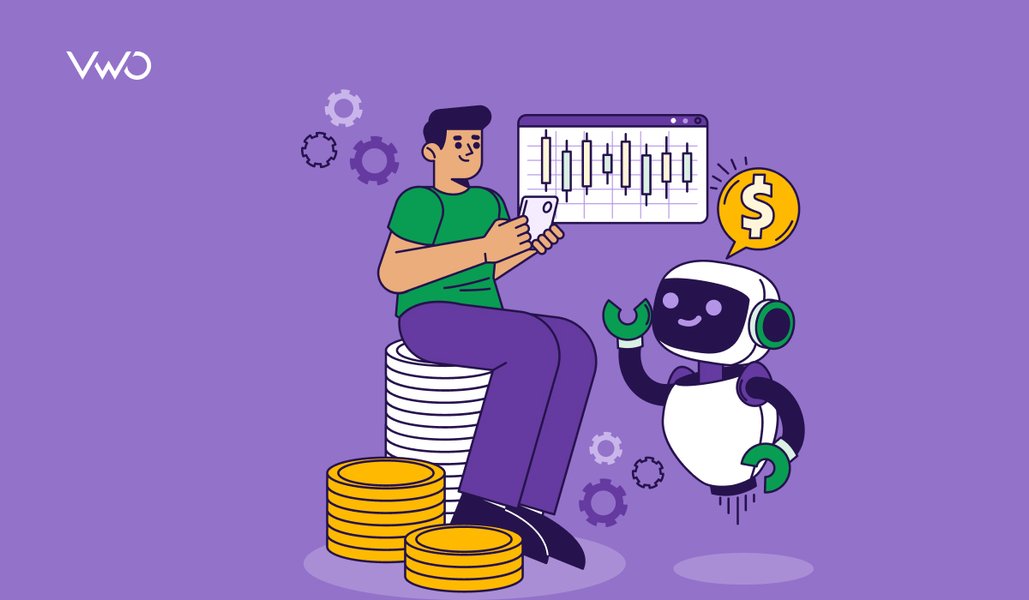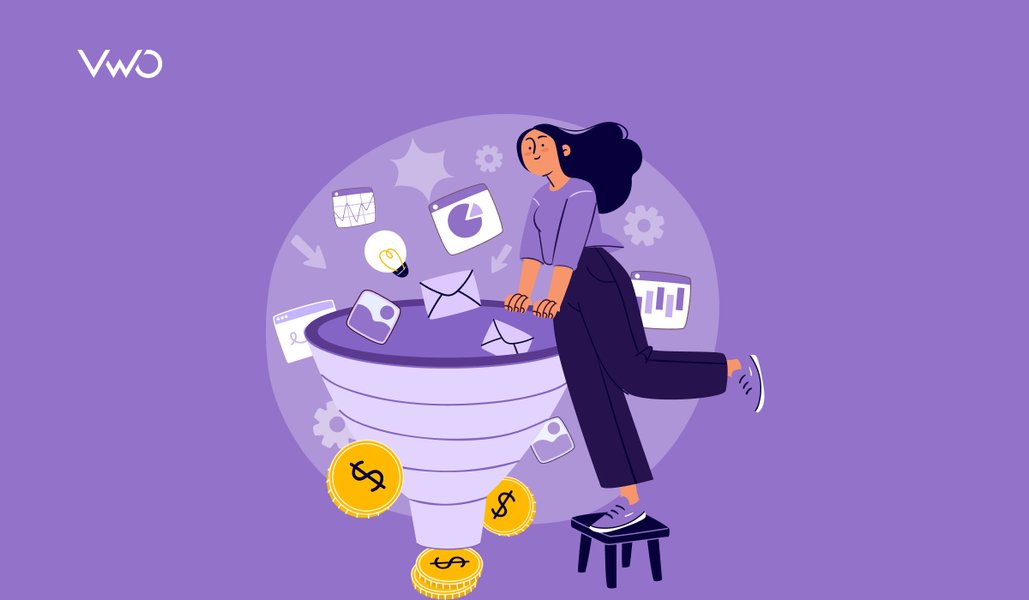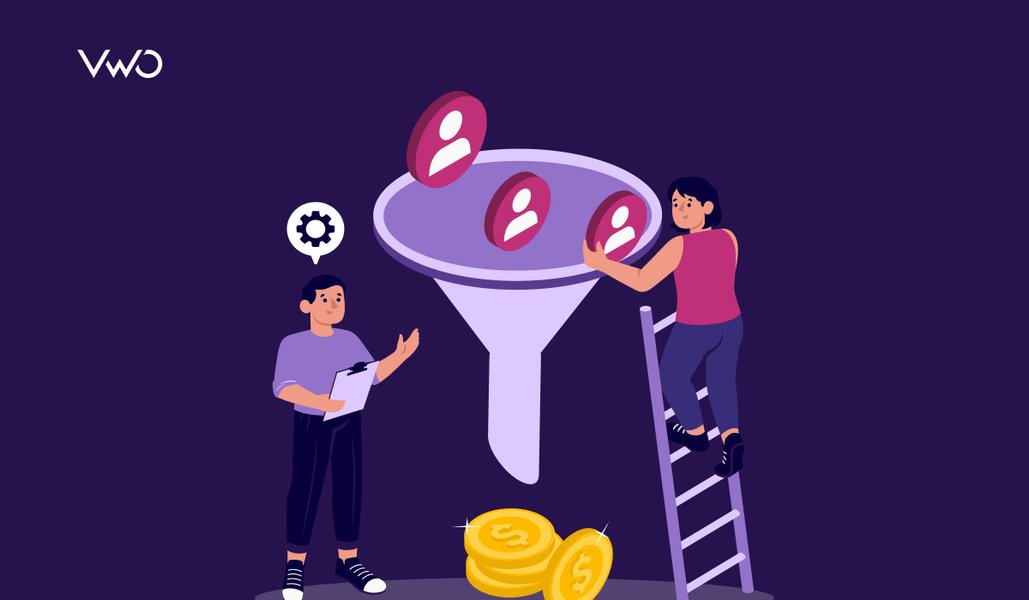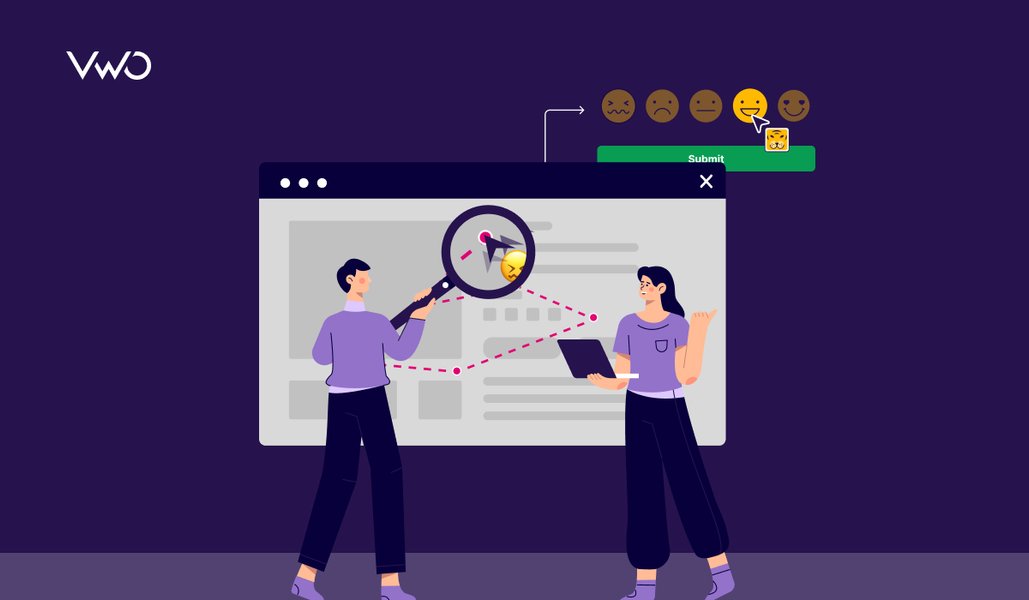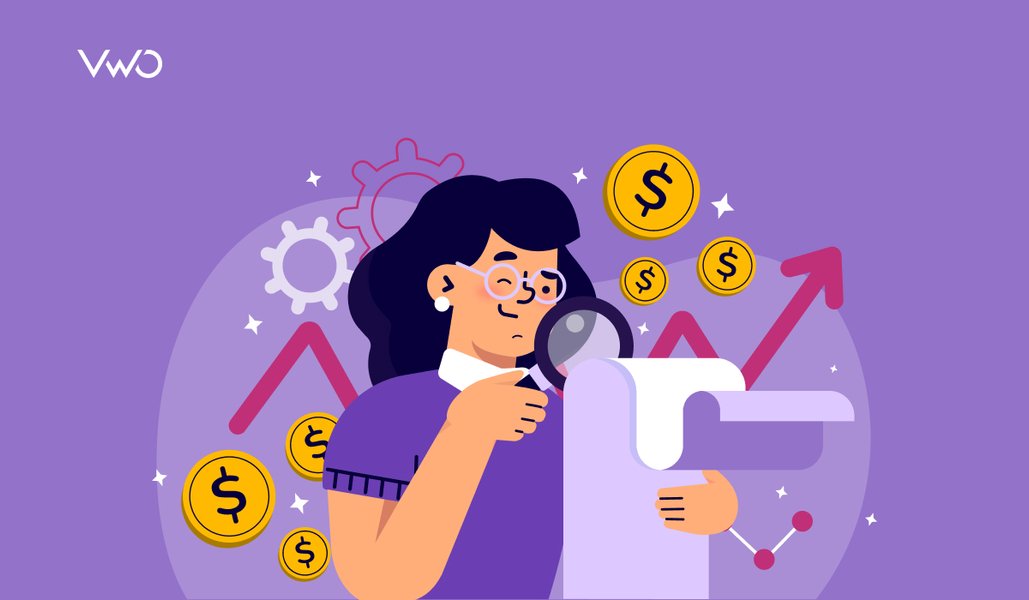For many brands, the journey into experimentation/ optimization starts with one clear goal: conversion uplifts.
But what happens when your conversion rates are already strong? Does experimentation lose its value once your funnel is optimized?
The truth is, conversion rate is only one lever in a much larger growth system. The real frontier for experimentation lies in how teams shape customer journeys, validate ideas before scaling them, and make decisions grounded in evidence.
It’s about widening the lens—from asking “How do we get more people to click?” to “How do we design products, experiences, and strategies that create lasting value?”
Increasingly, experimentation is also becoming a form of risk management. Launching unvalidated changes can cost more than a few missed wins. When a poor experience frustrates or confuses users, the damage can erode trust and brand perception over time.
In this blog, we’ll explore how experimentation can evolve from a conversion tactic into a strategic advantage, helping teams innovate confidently, reduce risk, and sustain growth long after the initial wins.
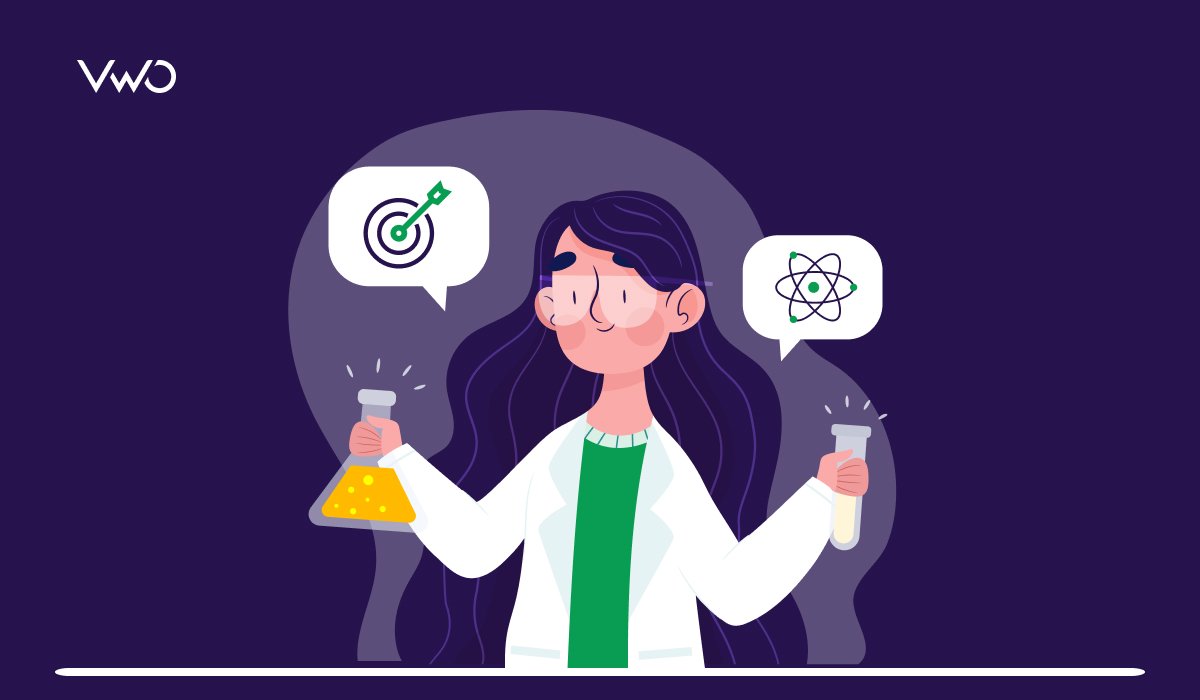
1. Optimizing user journeys
Understanding the user journey is key to building meaningful experiences. By monitoring how users move across pages, where they pause, backtrack, or exit, you can spot moments of friction that stop them from progressing.
Some issues are easy to identify and fix — for instance, a confusing label, a misplaced button, or a long form that makes people drop off.
Others are less straightforward: users might linger on the pricing page but never convert. Is the message unclear? Is the layout overwhelming? Are they missing trust cues? When intent is visible but motivation is not, acting on assumptions can make things worse.
That’s where experimentation plays a vital role. It allows teams to test hypotheses, validate what truly drives action, and ensure each change improves the experience flow.
Regular monitoring of user behavior then keeps the optimization cycle going, helping detect new bottlenecks as expectations, technology, and journeys evolve.
The goal isn’t to just plug leaks, but to continuously refine the entire journey—so every click, scroll, and interaction moves users closer to value.
Case in point:
Greyson Clothiers used VWO to uncover friction points in their browsing experience, especially on mobile, where users struggled to recognize clickable areas and locate key filters.

By expanding interactive zones and simplifying navigation, they made the shopping journey smoother and more intuitive.
This UX-led improvement not only reduced drop-offs but also boosted revenue by nearly 10%, proving that removing friction across the journey can directly drive financial impact.
2. Driving feature adoption through testing
Think about this – you can convert a visitor into a paying customer, but what happens next? If they only use a fraction of what you’ve built, they never realize the full value of your product. And if they don’t see that value, they won’t stay, renew, or expand.
This is where experimentation moves beyond conversion lifts into enterprise territory. Testing isn’t just about which landing page headline drives more signups; it’s about how to guide users deeper into the product, where loyalty and lifetime value are created.
Take SaaS, for example. A company might have a powerful analytics module tucked away, but only 15% of users discover it. Through experimentation, maybe a contextual tooltip here, a personalized nudge there, adoption doubles. The immediate “conversion” hasn’t changed, but the long-term revenue potential has multiplied.
Or retail: a loyalty program quietly sits at the bottom of the website. Few bother to join. But with testing, the program gets reframed — personalized banners, better reward tiers, clearer value messaging. Suddenly, membership soars, and with it, repeat purchases. It’s not a new feature; it’s the same feature finally being used as intended.
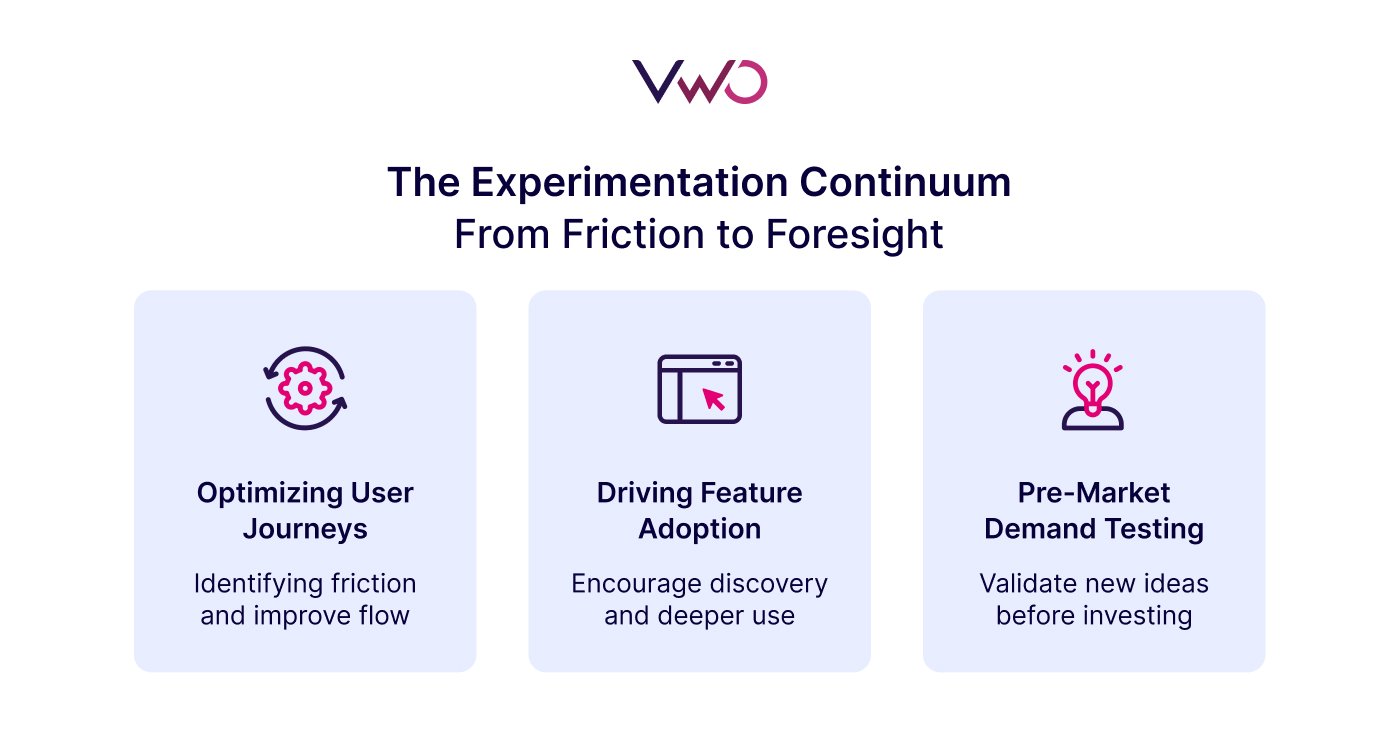
3. Pre-market demand testing
Big ideas often carry big risks. Launching a new product line, reconfiguring services, or building physical infrastructure all demand significant resources — money, time, and brand credibility.
Traditionally, these moves relied heavily on forecasts, market research, or executive intuition. But there’s a smarter way: use experimentation to validate demand before committing.
By simulating offers digitally, through landing pages, product listings, or mock features, businesses can gauge real demand signals long before anything physical is built.
Take Škoda Netherlands, for example. Faced with a strategic decision about EV charging stations, they didn’t immediately pour resources into infrastructure. Instead, they created a “fake” product listing online.
Visitors could explore the offer and express interest, even though the stations didn’t yet exist. The experiment revealed strong demand, giving Škoda the confidence to translate an online signal into an offline investment.
That single test did more than validate a product idea. It protected the business from costly missteps, aligned investment decisions with customer reality, and accelerated time to market.
Watch the webinar for more insights from the team at Škoda that leveraged experimentation to make bold changes:
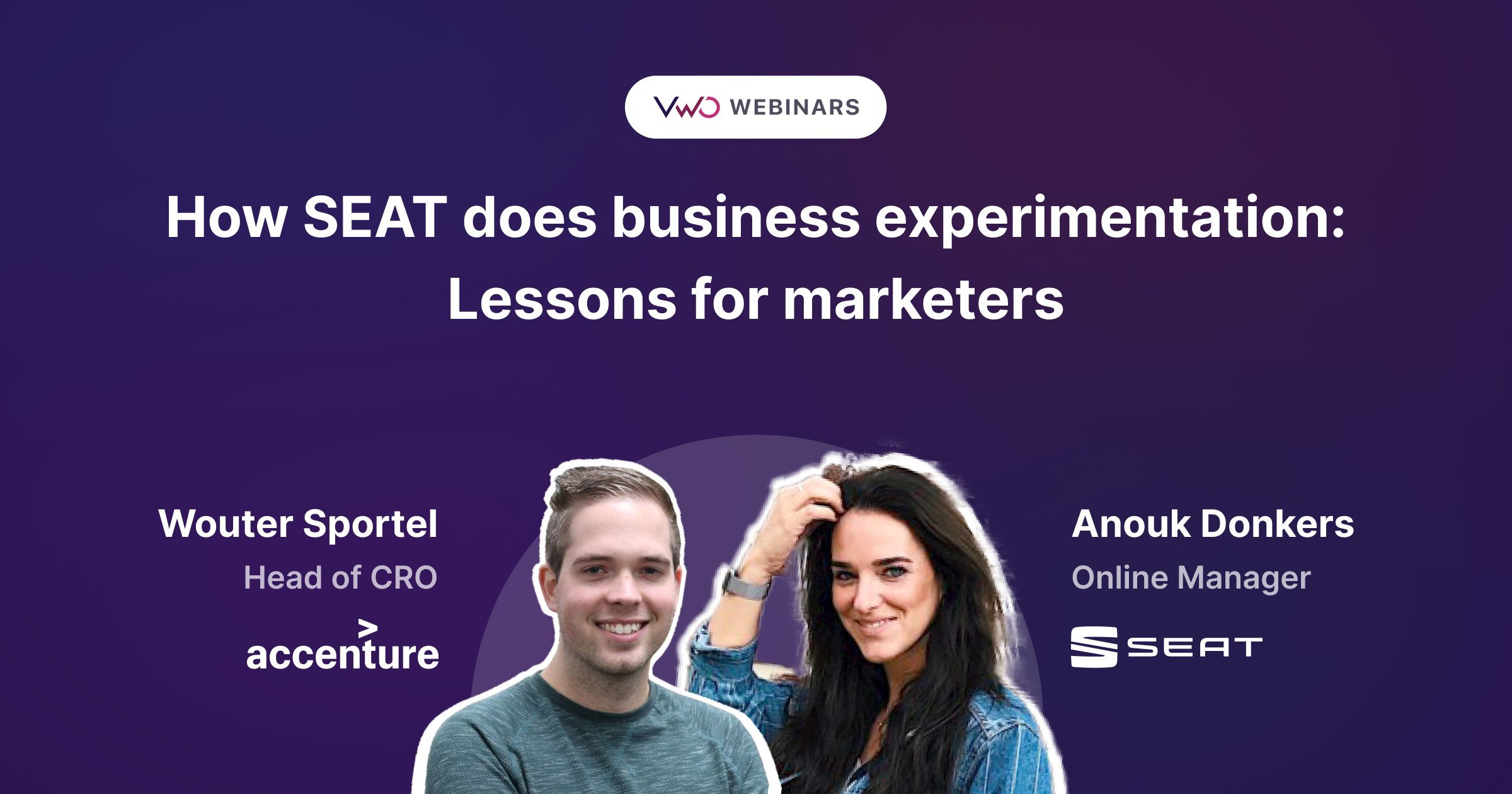
The logic extends across industries:
- Retail: Test willingness to buy a new product line before scaling production.
- Finance: Gauge adoption potential of digital-only services before overhauling branch operations.
- Healthcare: Explore interest in telehealth features before building full-scale platforms.
6 Stages of experimentation maturity: From conversion wins to strategic growth
Every experimentation journey starts small, but growth comes from how you evolve. Experimentation maturity isn’t simply about running more tests — it’s about expanding what those tests are meant to achieve and how strongly they shape decisions across the business.
Stage 1: Tactical testing
In the early stage, teams begin with simple, focused experiments — testing elements like button copy, page layouts, images, or form length.
These are quick to run and easy to measure, helping teams build confidence in data-led decision-making. While these early tests may be informed by design principles or user feedback, they mainly aim to validate specific ideas or best practices.
The focus is on finding what performs better, not yet on deeply understanding why. As a result, wins at this level build momentum but offer limited insight into broader behavior or motivation.
Stage 2: Journey-centric experimentation
Maturity grows when teams start looking beyond single elements and analyze how users move through the entire journey.
At this stage, experimentation becomes guided by evidence — drawn from session recordings, heatmaps, or funnel drop-offs — to uncover where people slow down, hesitate, or leave.
These insights lead to more complex tests that connect individual interactions to overall experience. For example, improving checkout flow may lift sales today, but journey analysis could reveal that unclear return policies earlier in the process discourage repeat buyers.
At this level, testing focuses on reducing friction, improving clarity, and building trust across touchpoints, transforming experimentation from isolated trials into a system of continuous learning.
Stage 3: Adoption-focused testing
Once teams have improved their main journeys, the next big step is helping users make the most of what’s already built. Many products have powerful features that go unnoticed — not because they’re bad, but because users never find or understand them.
At this stage, experimentation helps answer questions like:
- Do users notice this feature?
- Do they know why it’s useful?
- What makes them try it for the first time?
For instance, if few users explore a reporting dashboard, testing small nudges — like in-app tips or gentle highlights — can help more people discover its value. The aim is to increase the adoption of what already exists, turning unused potential into measurable impact.
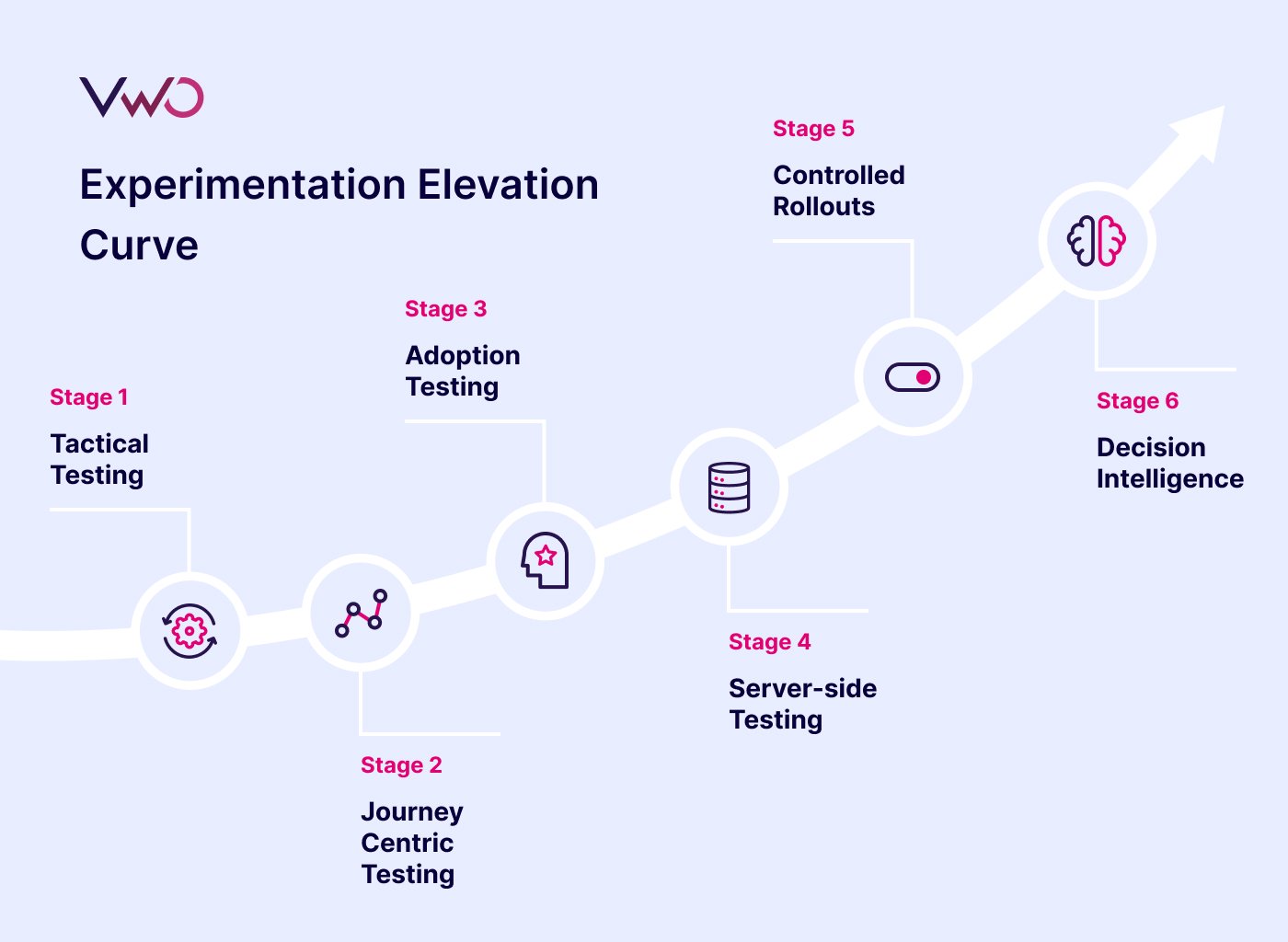
Stage 4: Server-side and feature-level testing
Once teams move beyond visuals and start improving how the product behaves, testing shifts from surface-level tweaks to deeper, logic-driven experiments.
Some experiences are complex — for instance, testing a new search ranking algorithm that prioritizes products by margin instead of popularity. The ranking logic runs on the server, queries inventory data, and returns ordered results before anything reaches the browser.
Testing on the server-side enables teams to experiment safely with these behind-the-scenes changes for a small set of users, compare performance, and understand which logic delivers the best outcome.
Because these experiments modify how the product functions, this stage marks a step toward more technical, reliable, and data-informed decision-making.
Stage 5: Controlled rollouts and progressive delivery
After a change proves effective, the next challenge is releasing it responsibly. Big launches can impact thousands of users — so instead of rolling out everything at once, mature teams use controlled rollouts.
A travel brand, for example, might test a new booking flow with 5% of visitors before opening it to everyone. This method turns every release into a learning opportunity. Teams can track adoption, gather feedback, and spot early signs of confusion or success.
If results are positive, rollout expands; if not, it’s easy to pause or refine. This balance of speed and safety helps teams innovate confidently without risking user experience or stability.
Stage 6: Decision intelligence
As testing becomes part of everyday work, its role expands beyond improving pages or features.
At this level, teams don’t just ask “Which version performs better?” — they ask “What does this teach us about our users, our message, or our direction?” Every test becomes a way to understand people’s behavior and make smarter choices for the future.
For example, if several experiments show that users prefer simpler layouts or more transparent pricing, that insight can shape future design guidelines or product packaging.
If adoption tests reveal that users engage more with guided setups, that learning can inform how new features are introduced company-wide.
Over time, these patterns add up. Marketing knows which messages build trust. Product teams know which experiences drive retention. Leadership can prioritize initiatives backed by real behavior, not just intuition.
At this stage, experimentation becomes part of how the organization learns.
Using VWO to inform broader business decisions
When experimentation expands beyond conversion lifts, it starts functioning as a decision-support system for an organization. At this level, VWO helps businesses decide what to build, launch, or scale next.
VWO Insights reveals why users hesitate or drop off through session recordings, heatmaps, and funnels, turning observations into testable ideas — from refining onboarding to improving refund clarity or mobile checkout flows.
VWO Feature Experimentation lets teams test new features or backend logic safely with a small audience. Using feature flags and phased rollouts, they can validate adoption and impact before expanding, ensuring every release adds measurable value.
VWO Testing helps validate both tactical and strategic ideas. A/B tests compare single changes, multivariate tests show how elements work together, and split URL tests evaluate entirely different journeys — giving leaders evidence to act confidently.
And now, VWO Copilot takes it further. It helps you uncover test ideas instantly, recommends meaningful goals, and even assists in designing variations, so your team can focus less on setup and more on learning what drives growth. Book a demo and see it all in action for yourself.




